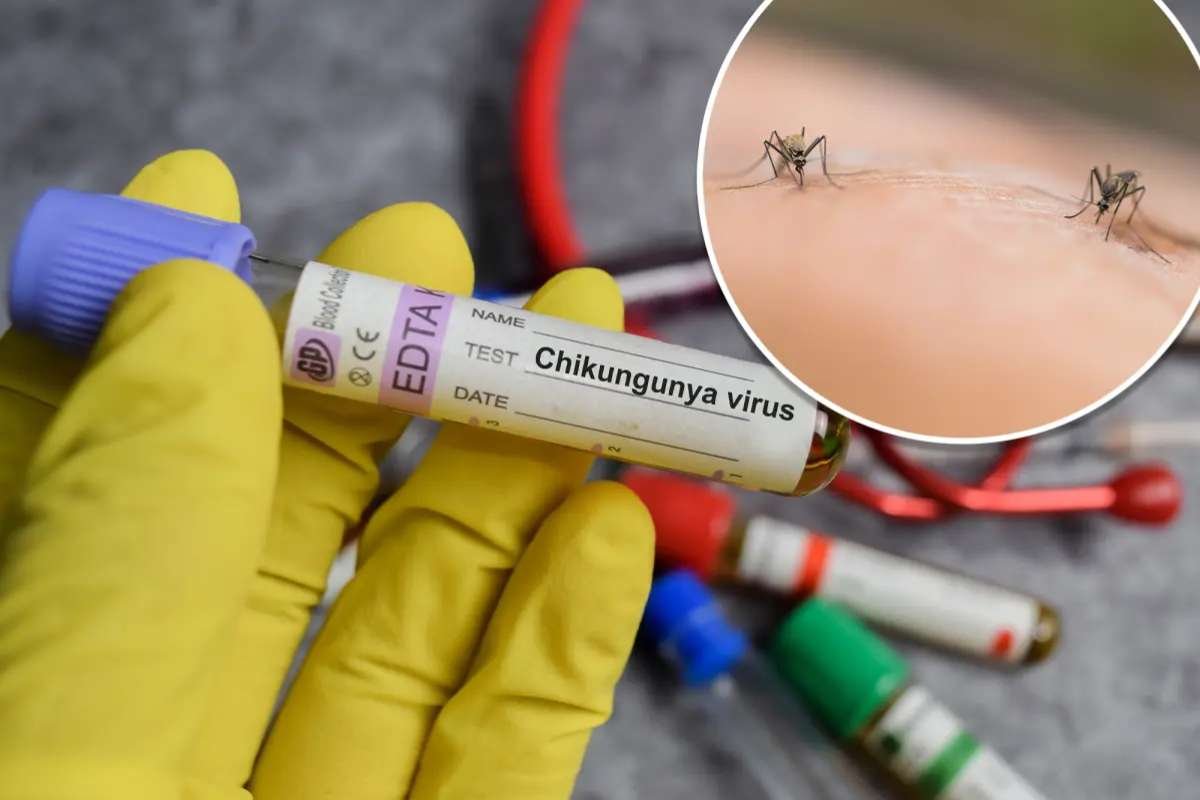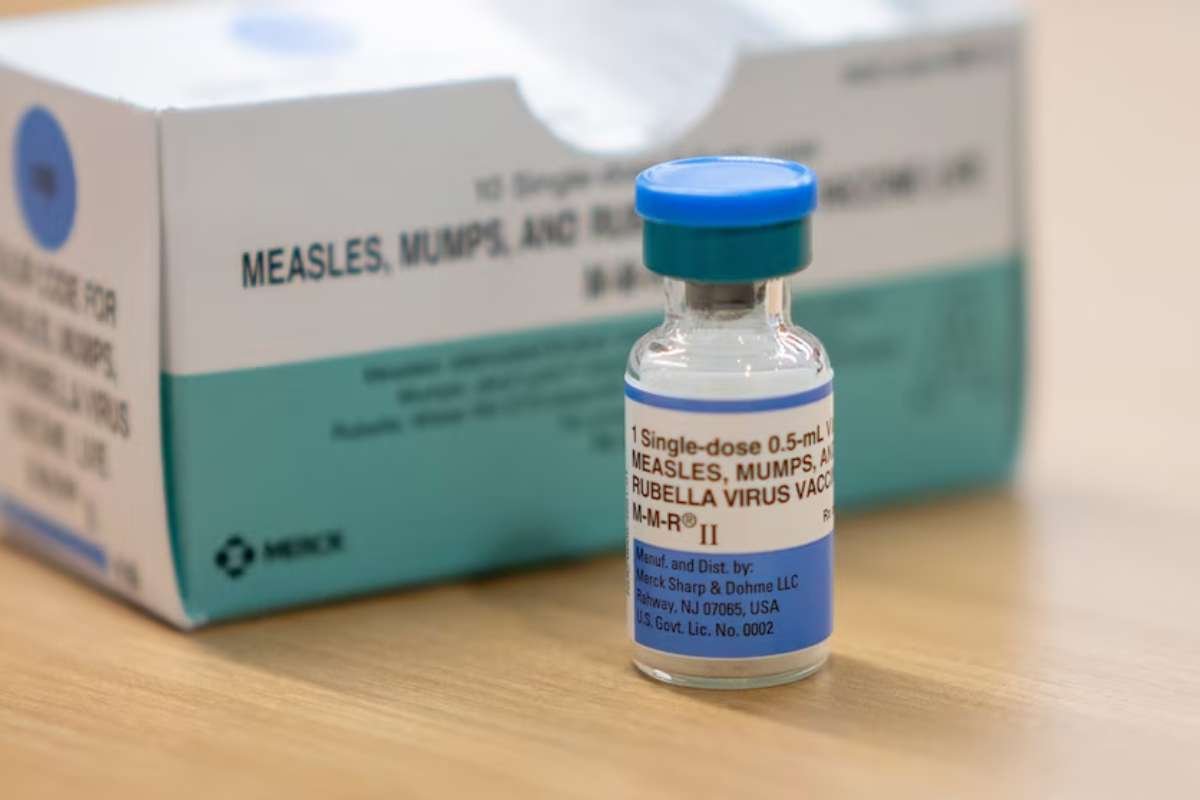Leishmania mexicana, a flesh-eating parasite once believed to be mostly a threat to travellers, is now likely spreading locally through some sand flies endemic to the southern United States, according to a recent investigation by the Centers for Disease Control and Prevention.
Leishmania mexicana skin sores generally appear weeks to months after a person is bitten by an infected fly. The parasite can cause damage for years at a time, leaving behind permanent scarring in its wake.
Hospitals have a few alternatives for medications to employ in treating patients with cutaneous leishmaniasis, the parasite-caused disease; nevertheless, physicians agree that there is “low certainty” about these medications’ efficacy. Many individuals still run the danger of their leishmaniasis returning even after their initial response to treatment.
There is no vaccination for leishmaniasis.
Officials believe the discovery has immediately raised awareness of the parasite, which now seems to be “endemic” in Texas and certain southern border states.
According to Dr. Mary Kamb of the CDC’s Division of Parasitic Diseases and Malaria, “This genetic information adds credence to this idea that leishmaniasis is occurring here in the United States, that it’s endemic here in the United States, at least in Texas and possibly southern border states.”
The brand-new research was co-authored by Kamb and presented on Thursday in an abstract at the American Society of Tropical Medicine and Hygiene’s annual meeting.
DNA signature that is “very distinct”
Doctors generally get samples by performing biopsies on patients’ infected lesions in order to diagnose them.
They are frequently sent to the Centers for Disease Control and Prevention (CDC), which up until the year 2020 operated the sole lab outside of the military that could conduct these parasite tests.
“We submitted these statistics for each case that we received. Marcos de Almeida, who oversaw the Centers for Disease Control and Prevention (CDC) lab at the time, said: “And after those years, you’re just pulling those results together to do this report, on cases collected during 2005 to 2019.”
According to the CDC’s review, Leishmania Mexicana infected the majority of leishmaniasis patients who had no prior history of travel.
50 of these patients had a strain of the parasite that was unique among them due to a small number of genetic differences.
“Those two snips, those two polymorphisms in the sequence, are very distinct between those who reported travel history compared to those who did not,” said Vitaliano Cama, a microbiologist and veterinarian with the Centers for Disease Control and Prevention (CDC) who also collaborated on the study.
According to Cama, at least one case with this genetic fingerprint is documented every year.
How parasitic leishmania species spread
The fight against so-called “vector-borne” illnesses like leishmaniasis frequently focuses on eliminating the insects that spread the parasites between people as well as managing the risk posed by other animals like rats that can also act as a “reservoir.”
Comparatively speaking to other larger insects, controlling sand flies can be extremely difficult. The size of sand flies is one-fourth that of mosquitoes, and they do not require standing water to reproduce.
According to the World Health Organisation, leishmania parasites can infect up to a million people annually. Brazil is where the majority of cases in the Americas are detected, while infections with these parasites have also been noted in other parts of Latin America.
Leishmaniasis is not a disease that U.S. doctors must record in the majority of states, making it difficult for the Centers for Disease Control and Prevention (CDC) to monitor if instances are now increasing.
However, Cama noted that the organisation has been dealing with an increase in the number of requests for assistance in diagnosing leishmaniasis cases.
“It’s a trend, it’s not a huge jump, but there’s a trend of increasing requests,” Cama added.
Eris and Pirola COVID variants, plus Centers for Disease Control and Prevention (CDC) flesh-eating bacteria warning with Andrea Garcia, JD, MPH
Dogs might carry a parasite that is more lethal.
The discovery also emphasises how urgent it is for officials to address concerns that a deadlier cousin, Leishmania infantum, could also establish a foothold in the United States.
Visceral leishmaniasis, a more serious variation of the disease, is brought on by Leishmania infantum. According to the Pan-American Health Organisation, more than 90% of patients with visceral leishmaniasis who do not receive prompt treatment pass away.
Fever, weight loss, and spleen and liver swelling are all symptoms.
Dogs are referred to as “the main reservoir” of the disease in nations that are dealing with outbreaks of visceral leishmaniasis. Recent increases in the number of dogs coming from overseas, whether through migration, adoption, or travel, have sparked worries about the spread of this parasite.
According to Christine Petersen, head of the University of Iowa’s Centre for Emerging Infectious Diseases, “all of us have been fielding these calls from state public health veterinarians and from Army veterinarians that are trying to figure out what to do.”
Leishmania infantum has already been found in dogs who haven’t travelled overseas in isolated circumstances. Dogs can directly transmit the parasite through contact or bites in addition to providing it to flies.
Unintentional carriers can also include people. According to blood test results, up to 1 in 5 American soldiers who served in Iraq may have experienced subclinical illnesses.
Petersen co-authored a new “risk assessment tool” with scientists from the Centers for Disease Control and Prevention (CDC) and the military in the hopes that it will assist veterinarians and public health officials in determining how to treat affected dogs if they contract the parasite. At the ASTMH meeting, a draught of the tool was shown.
Weighing aspects like the dog’s origin and the chance that nearby sand flies could spread the infection could help inform decisions about whether to euthanize the dog.
“That was the purpose of the entire risk assessment process. In addition to rabies, perhaps we want to start talking about the other diseases that dogs can transmit to humans, suggested Petersen.
Also Read: Drugs used to treat ADHD surged during the pandemic, shows CDC report







